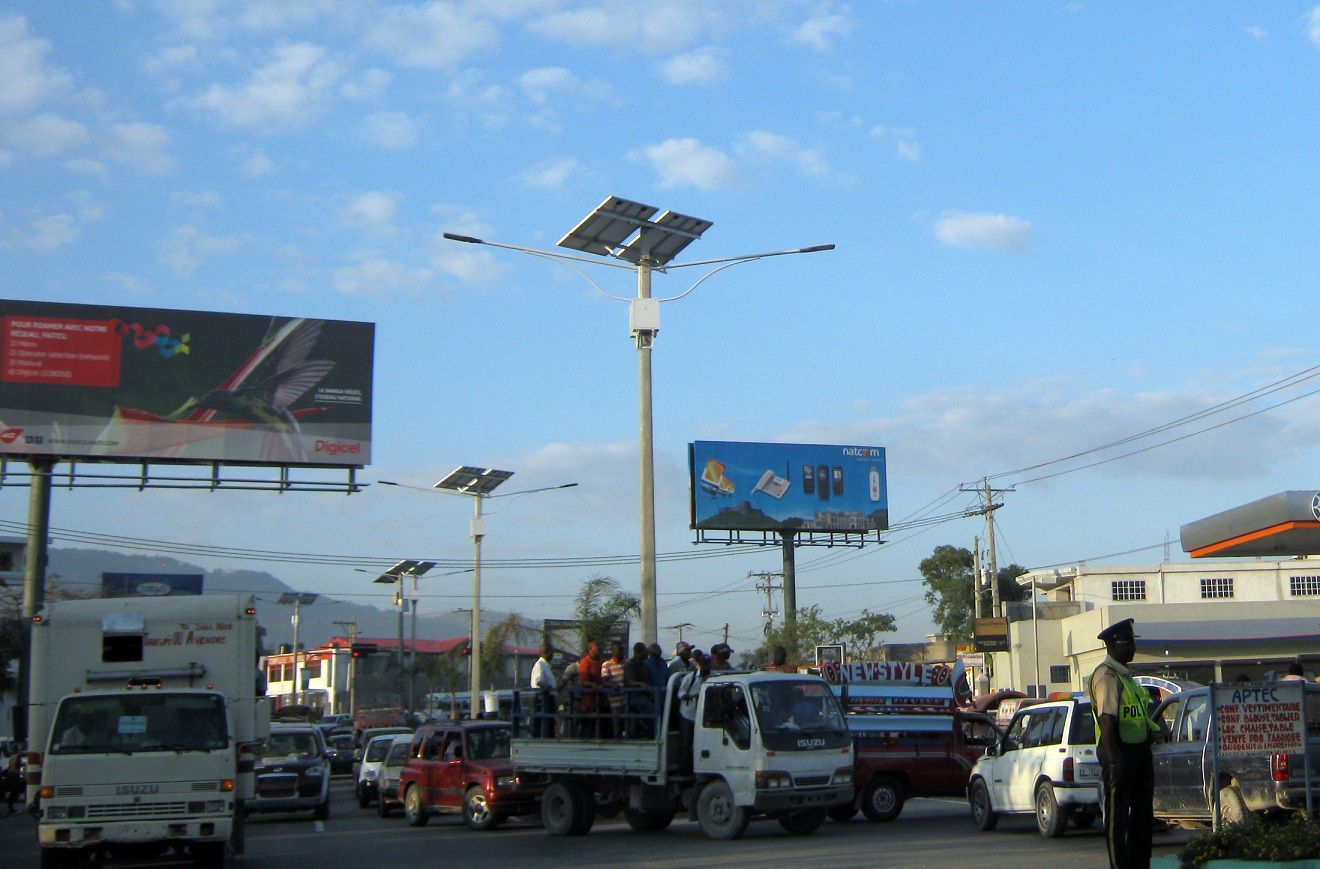Although slow, Haiti’s economic and social recovery appears to have begun and to give a strong boost to renewable energy sources, particularly photovoltaics, has been a wise decision.
First important signal has come through a humanitarian organization, whose mission is to modernize health in the world, which has opened with the Haitian Ministry of Health, the world’s largest solar powered hospital.
Facilities receive the contribution of 1,800 photovoltaic modules installed in the roof that enable medical attention of more than 60,000 people.

Second signal is called Klere Ayiti or Light Up Haití.
It is a joint project between a money transfer company and Arc Finance, in which also collaborates the Agency for International Development (USAID) and the Inter-American Development Bank (IDB).
It´s a service through which people can buy and send photovoltaic kits to their relatives on the island.
Each solar kit includes 2 or 3 LED lights, solar module charger, and various plugs with which cell phones can also be charged.
The lights can be used as flashlights or hanging from the ceiling and kits cost US $ 140 and US $ 180, respectively.
The project organizers chose the kit model from 25 different manufacturers evaluated over a period of 2 years.
It´s a product that gives families the possibility of having light at night, something we take for granted in developed world and that implies a radical progress for these people.

Third signal materialized in February 2016 in the mythical Champ de Mars square in Port-au-Prince, the capital of Haiti, where the Presidential Palace is located.
The square has since then a lithium-ion energy storage system powered by 110 kW of solar modules to provide light and Wi-fi in this public area.

Fourth signal is called the “Triumphe” project and is the first photovoltaic plant in Haiti.
The system has an installed capacity of 100 kW configured so that contribution coincides with the daily demand of 200 kWh.
The ‘Triumphe’ project will assess the potential of similar applications to support renewable energy in Haiti.
Project was launched thanks to Haitian Government and World Bank Energy Office financing and is a symbol in renewable energy generation.
But above all it represents Haiti’s continuous efforts to recover from 2010 earthquake that destroyed a large strip of the capital and its environs, which affected around 3 million people.
Renewable energy systems such as Triumphe represent a sustainable means to address persistent poverty and lack of basic public services in the country, including energy access, water and support for socio-economic development tools such as wireless internet access.

Haiti, with a population of 10,123,787 inhabitants and a poverty rate of 77%, is considered one of the poorest countries in the world.
All you need is Sun. All you need is Sopelia.


